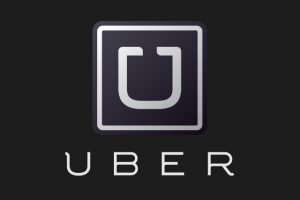Pricing the Uber Way

I don’t know how many of you have used Uber cabs to transport you. I have started using Uber cabs regularly; for prices slightly higher than that of normal taxis, I have been driven to my destination in an Audi A6, a Jag and a BMW! Uber has really changed the way people around the world hire cabs.
According to Wikipedia, ‘Uber is a transportation network company that makes mobile apps that connect passengers with drivers of vehicles for hire and ridesharing services. The company arranges pickups in dozens of cities around the world. Cars are reserved by sending a text message or by using a mobile app—the latter can also be used by customers to track their reserved car’s location.
Initially, Uber drivers used cars such as Lincoln Town Cars, Cadillac Escalades, BMW 7 Series, and Mercedes-Benz S550 sedans. After 2012, Uber launched UberX, following the addition of a wider selection of cars to appeal to a broader cross-section of the market. In 2012, Uber announced a plan to expand its operations to include ridesharing in non-taxi vehicles.
Uber’s pricing is similar to metered taxis, although all hiring and payment is handled exclusively through Uber and not with the driver personally. If the Uber car is travelling at a speed greater than 11 mph (18 km/h), the price is calculated on a distance basis. Otherwise, the price is calculated on a time basis. At the end of a ride, the complete fare (which does not include a tip—Uber’s exact wording is “No Need to Tip” and no option to add a tip exists except to offer it by cash) is automatically billed to the customer’s credit card. Uber has said its high prices are the premium that the customers pay for a cab service that is not only reliable, but also punctual and comfortable.
During high demand times such as Halloween, New Year’s Eve, or severe inclement weather (such as heavy snowstorms), Uber increases its prices to “surge price” levels to reach an economic equilibrium by attracting more drivers. Uber has also used surge pricing during extremely inclement weather, such as a July 8, 2013, rainstorm that flooded many streets in the greater Toronto area, and during Hurricane Sandy. Customers receive notice when making a reservation that prices have increased. During New Year’s Eve 2011, prices were as high as seven times normal rates, causing outrage in response.’
What has made Uber a success is its unique pricing model. The attached article by James Surowiecki in MIT Technology Review presents a strong case in praise of Uber’s pricing model. Do go through the article – it’s damn interesting!
Note: Details on Uber adapted from Wikipedia.
Read the article here
